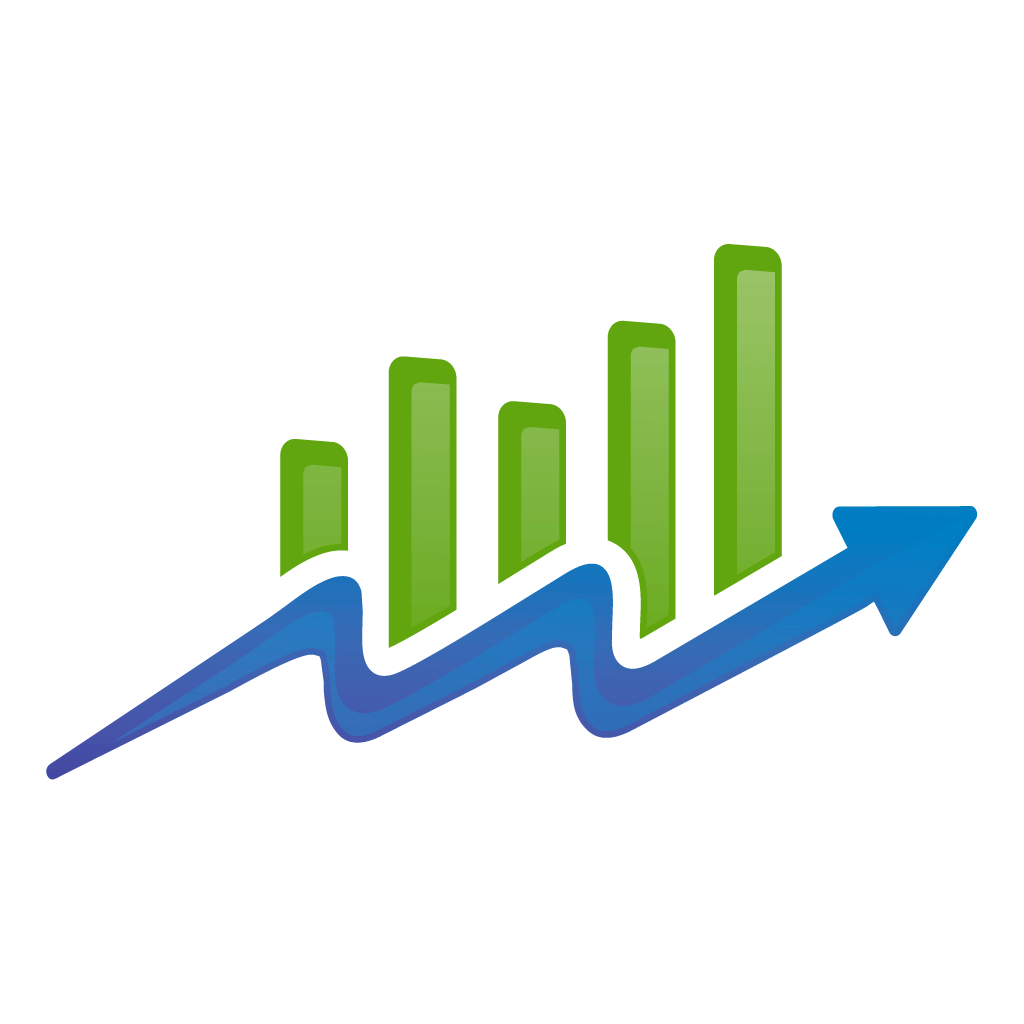Lead generation is critical for a small business’ success.
While a lot of small business owners will now agree, a lot will also ask: “but how?”
In this article, we’ll not only figure out why lead generation is vital for every small business but we’ll also provide you with seven proven lead generation tactics you can start using today to get immediate results.
So, let’s not waste time and dive in right away.
Why Do You Need to Adapt Lead Generation to Your Small Business?
If you want to grow your small business you have to generate leads because it’s a way of finding new ways to expand. It helps your business to create traffic, leading to more sales and a better conversion rate.
Using effective ways of generating leads helps you create an audience that needs what you’re selling when you’re selling it. It helps you connect with people who are looking specifically for your solutions. That way you can tap into the right market, where conversion is easier and frequent.
That’s why you need multiple customer acquisition tools and tactics in a healthy, long-term marketing strategy.
But, what are the best lead generation tactics?
1. Search Engine Optimization (SEO):
Search engine optimization, or SEO, is probably the best lead generation tactic you can have.
There’s a lot on the meaning of SEO but, to put it simply, SEO is creating online content so people find your business through search engines like Google. That way, you get free “organic” traffic when they google something relevant to your business.
If you, for instance, search on Google for “solar panels” you get something like this:

As you can see, you get the definition to the term, then a link to Wholesale Solar followed by a link to Home Depot. Both of them are businesses that sell solar panels.
How to get started
SEO, although effective, can be quite time-consuming. It usually takes at least six months to show results and even longer to see proper change. You can start by familiarizing yourself with SEO best practices, doing an SEO audit of your website with free online tools, and making sure your content is all optimized.
Another great way of starting with SEO is by starting a blog with weekly articles that are relevant to your business. If, for instance, you sell solar panels, you can create an article on how to install solar panels on slanted roofs. That way people will be more likely to find you and follow your advice.
2. Email marketing
Like SEO, email marketing is a very inexpensive lead generator. Email marketing can be a very effective way of remaining in your clients’ minds. You can use it to reach them with new offers and keep them up to date with your business. It can be incredibly effective as long as you keep a healthy email marketing ROI.
TeePublic, an online platform for custom apparel and designs, sends emails on a weekly or biweekly basis. By covering topical content, they maximize their click-through rate and keep their clients engaged and informed.

How to get started
Start by assembling an email list of your clients. Remember that they must’ve given express permission to email them. One of the easiest ways to do it is to add a small form at the end of your website so they can submit their emails for coupons and offers.
Once you’ve assembled your list, you can use cold email tools like MailChimp to create attractive email templates. Make sure to provide valuable, craft perfect subject lines and targeted content for your clients and take notes on what they respond to.
3. Google Ads
If you compare SEO with PPC, Google Ads is clearly the fastest way to appear on the first page. With Google Ads, you use pay-per-click ads based on the keywords you choose.
If you search for “solar panels USA”, the first results you’ll see are ads, paid by the companies to show their landing pages when someone searches for those keywords.
Google Ads guarantees that you are the first option your clients see when they search for your solutions.
How to get started
The first thing you need to do is to create a Google Ads account. The process of creating an ad is very clear and straightforward. When creating an ad you can search for keywords and find out how much traffic they have, how expensive the PPC is, and how competitive the keyword is.
You can use your ads to get more people to call your business, drive them to your proposed solution for their query, and inform them of your services, among others. Look for great landing page examples to find out how to create effective CTAs and good copy.
4. Networking
Even in our digital world, mouth-to-mouth marketing and in-person networking remain very effective. Even if your networking isn’t immediately effective, it can give you the referrals you need to find new leads. Often, this tactic might feel hard to track, but sales performance tools can help you monitor your progress.
WeWork, for example, not only fosters networking with open office spaces but also offers events where businesses can present themselves and their solutions to the community:

Source: EventBrite
How to get started
To start, find out where your target customer is. This can be their place of work or leisure. Then, find out ways to go there to present yourself and create a potential business relationship.
Networking can be as simple as going to the office of your potential client to leave your card to creating workshops and attending events. Make sure to follow up by creating and sending attractive proposals to maximize your conversion chances.
5. SMS Marketing
Sending text messages is a great way to generate leads for your small businesses.
But, why?
Because a proper SMS campaign is not only effective, it’s cheap and makes your customers feel like VIPs.
Jack in the Box, for instance, directly reaches its customers to ask for permission to send them messages and treats them like they’re the insiders in new offers and promotions.

How to get started
As with email marketing, remember to always ask for permission. You can directly reach them with an SMS to do so and, if they give you a positive response, add them to your SMS campaigns.
Experiment to find the optimal delivery times and try to personalize the messages with their name. Automate the process to follow up with them whenever possible, like reaching out after a sale for feedback or to offer complementary products or services. To keep them productive, make sure they’re being sent consistently and with a strong CTA.
6. Premium Content
Premium content can help you get leads by developing content people want to share and take in. It can go from intuitive infographics to ebooks on a particular subject. You can ask for something in return for the content, like their contact information, so you can start generating leads directly.
Hubspot, for example, has 188 free ebooks. But to gain access to any of them, you must complete this form:
This form helps HubSpot learn more about their visitors and pre-qualify potential prospects. This way, their sales team can prioritize hot leads and turn them into customers. On top of that, the email addresses can be used for various other purposes (such as remarketing them or sending nurturing sequences).
How to get started
First, decide on what kind of topics you can cover. These topics have to be intrinsically related to your business. Address your customers’ pain points in a unique way that is better than anything else they’ll find out there. As we’ve mentioned, it can be as simple as creating attractive content that people share, or as complex as an ebook.
Finally, decide how you’ll “charge” for the content. Are people sharing it or will you require their email to access it?
7. Traditional Media
Although our digital world is becoming more and more important, traditional media still has a place generating leads for small businesses. This works especially well when your audience is the type to consume traditional media, like when reaching old-fashioned people or a specific, small community.
This JBL, for instance, was a part of their “Block Out The Chaos” campaign and features a clever and topical design that went viral:
How to get started
First, you have to find out what kind of printed content your audience consumes. You can do it with email surveys and market studies. Once you’ve determined where you need to be, create ads that convey your message in a simple, clear way.
When targeting specific areas, consider direct mail with offers and some value to it.
Conclusion
The truth is, if you want to kickstart some serious growth in your business, you’re going to need more than one marketing channel.
You now know seven of the most important channels you can start using today to grow your leads and increase your sales. Select and prioritize your tactics and start seeing your business expand!
Now, the only question left to answer is: “Which one will you start with today?
Will Cannon
Will Cannon is the founder of UpLead, a B2B sales intelligence platform that sales reps and marketers can use to get in touch with their ideal customers. With UpLead, you can reach out to decision-makers in any company with zero fuss.








